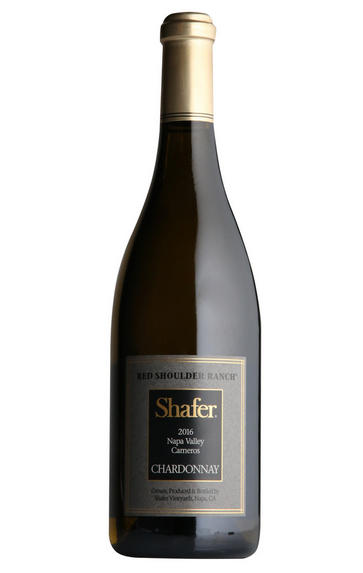
2016 Shafer Vineyards, Red Shoulder Ranch Chardonnay, Carneros, NapaValley, California, USA
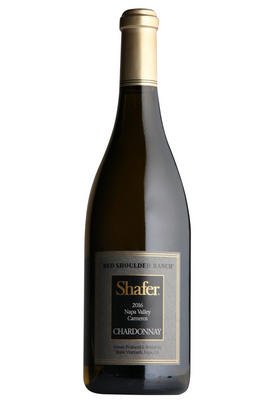
About this WINE
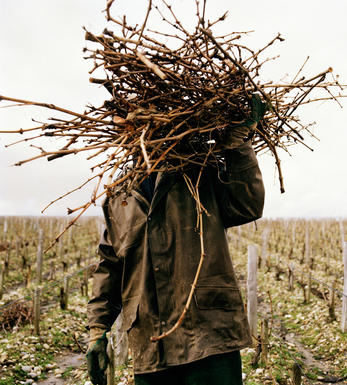
Shafer Vineyards
Shafer Vineyards is one of the star wineries, not only in Napa Valley but in all of California. It began in 1972 when John Shafer left a career in Publishing and moved to the Napa Valley with his family to pursue a career in wine. The family purchased a large estate in the Stag’s Leap District, and set to work on replanting all the existing vineyards, which had been there since the 1920s.
In 1978, the Shafers had their first harvest of Cabernet grapes, and began construction of their first winery in 1979. The Shafer Cabernet Sauvignon was of a high standard, and rose above other wines that were in competition. Their Chardonnay never undergoes malolactic fermentation: 75% is barrel-fermented and the other quarter in stainless steel. The Stags Leap One Point Five Cabernet Sauvignon has won much acclaim, while the flagship wine in the Shafer portfolio is Hillside Select, a 2,400-case cuvée of 100% Cabernet Sauvignon aged 32 months in 100% new French oak.
Doug Shafer graduated from the University of California at Davis with a degree in oenology and viticulture in 1983, and a year later Elias Fernandez joined the company as assistant winemaker. The two work together to produce consistent, high quality and elegant Shafer wines.
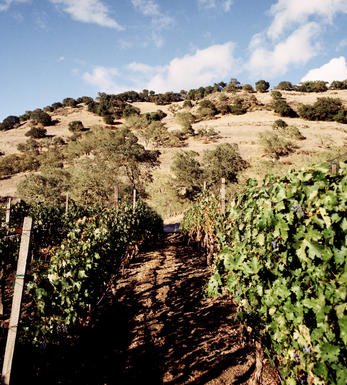
Napa Valley
North Coast's Napa Valley is California's most famous viticultural area (AVA), claiming some of the most expensive agricultural land in the world and producing wines of ‘cult’ status.
Its 16,000 ha of vines lie over a strip (40 miles long-5 miles wide) of diverse soils (clay, gravely, volcanic), with its northernmost end on the side of Mountain Helena and its foot in San Francisco Bay. The valley is framed by two mountains ranges Vaca (to the north) and Mayacamas (to the south), yet the main climatic influence is the cool wind and fog that is sucked in from San Pablo Bay during the afternoon, allowing grapes to ripen slowly and evenly.
The area enjoys a variety of unique microclimates, as temperatures can vary dramatically as much as 15 degrees, from the north to the south end of the valley. These differences have led to the creation of several sub-AVAs (14 in total) including:
Atlas Peak, Chiles Valley District, Diamond Mountain District, Howell Mountain, Los Carneros, Mt. Veeder, Oakville, Rutherford, St. Helena, Spring Mountain District, Stags Leap District, Yountville, Wild Horse Valley and Oak Knoll District. The Calistoga AVA is still pending approval.
Both the “Napa Valley” designation and the sub-AVA name must appear on the wine label simultaneously, with the exception of wines from the Carneros AVA, which is shared between the Napa Valley and the Sonoma County.
Cabernet Sauvignon is the undisputed king of Napa grapes, occupying over 45% of the vineyard acreage, followed by (predominantly) Chardonnay, Sauvignon Blanc, Chenin Blanc, Riesling, Zinfandel, Merlot, Cab. Franc and to a lesser extent Petite Sirah, Sangiovese, Barbera, Dolcetto.
Recommended Producers
Frog's Leap, Dominus, David Ramey, Viader, Stag's Leap Cellars, Paras Vineyards, Heitz.
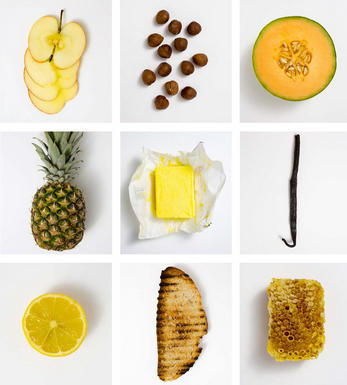
Chardonnay
Chardonnay is often seen as the king of white wine grapes and one of the most widely planted in the world It is suited to a wide variety of soils, though it excels in soils with a high limestone content as found in Champagne, Chablis, and the Côte D`Or.
Burgundy is Chardonnay's spiritual home and the best White Burgundies are dry, rich, honeyed wines with marvellous poise, elegance and balance. They are unquestionably the finest dry white wines in the world. Chardonnay plays a crucial role in the Champagne blend, providing structure and finesse, and is the sole grape in Blanc de Blancs.
It is quantitatively important in California and Australia, is widely planted in Chile and South Africa, and is the second most widely planted grape in New Zealand. In warm climates Chardonnay has a tendency to develop very high sugar levels during the final stages of ripening and this can occur at the expense of acidity. Late picking is a common problem and can result in blowsy and flabby wines that lack structure and definition.
Recently in the New World, we have seen a move towards more elegant, better- balanced and less oak-driven Chardonnays, and this is to be welcomed.


Buying options
Add to wishlist
wine at a glance
Delivery and quality guarantee